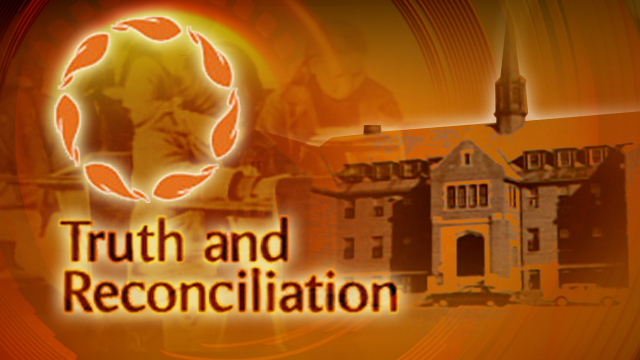Free Courses Sale ends Soon, Get It Now


Free Courses Sale ends Soon, Get It Now



Copyright infringement not intended
Picture Courtesy: indiafacts.org
Context: The Supreme Court recommended establishing a Truth and Reconciliation Commission to address alleged human rights violations, emphasizing a dialogue-based approach rather than functioning as a criminal court.
Details
Purpose of Truth and Reconciliation Commissions (TRCs)
Key Characteristics of Truth and Reconciliation Commissions
Notable Examples of Truth and Reconciliation Commissions:
Conclusion
|
PRACTICE QUESTION Q. What is the primary goal of a Truth and Reconciliation Commission (TRC)? A) To prosecute individuals responsible for atrocities B) To uncover the truth about historical injustices C) To establish a new political regime D) To impose economic sanctions Answer: B Explanation: TRCs are primarily focused on uncovering and acknowledging the truth about historical injustices, promoting reconciliation, and fostering healing within societies. |
© 2024 iasgyan. All right reserved